Tessa’s Recipe Rundown
Taste: The taste of coconut is very very faint. I actually think the aroma is more perceptible than the taste! The heavy dose of brown sugar gives these cookies as much butterscotch flavor as possible without any butter.
Texture: Crisp at the edges, slightly gooey in the center, and chewy throughout!
Ease: Super easy. The hardest part is waiting during the chill/marinade period but I usually bake off a few cookies right after making the dough because I just can’t wait!
Pros: Perfect dairy-free cookies without sacrificing taste or texture, or using artificial ingredients.
Cons: None!!
Would I make this again? Already have, but a gluten-free version last time. See my notes on that below.
This post may contain affiliate links. Read our disclosure policy.
Basically, I’m obsessed. I know my stuff when it comes to cookies! Actually I probably know an unhealthy amount about the art and science of cookies, so it’s only right I share that knowledge (right?!). That’s why when I realized I didn’t have a solid dairy free chocolate chip cookie recipe in my archives I knew I needed to remedy that.
Since I get asked so often about making recipe adaptations to fit food allergies or dietary needs, it’s something I’ve been experimenting with a little more lately.
Although I have no plans to turn this blog into a gluten free, dairy free, egg free, low carb, what have you recipe blog, I do think it’s helpful to have a few go-to recipes in your repertoire that meet those requirements.

Most of us have at least a few friends and family members who would appreciate getting to enjoy treats alongside everyone else, even if they have intolerances, allergies, or other food issues.

The coconut oil should be measured when solid, but if yours has melted slightly than a kitchen scale is your best best to ensure accuracy! I like to use Trader Joe’s or Dr. Bronner’s coconut oil.
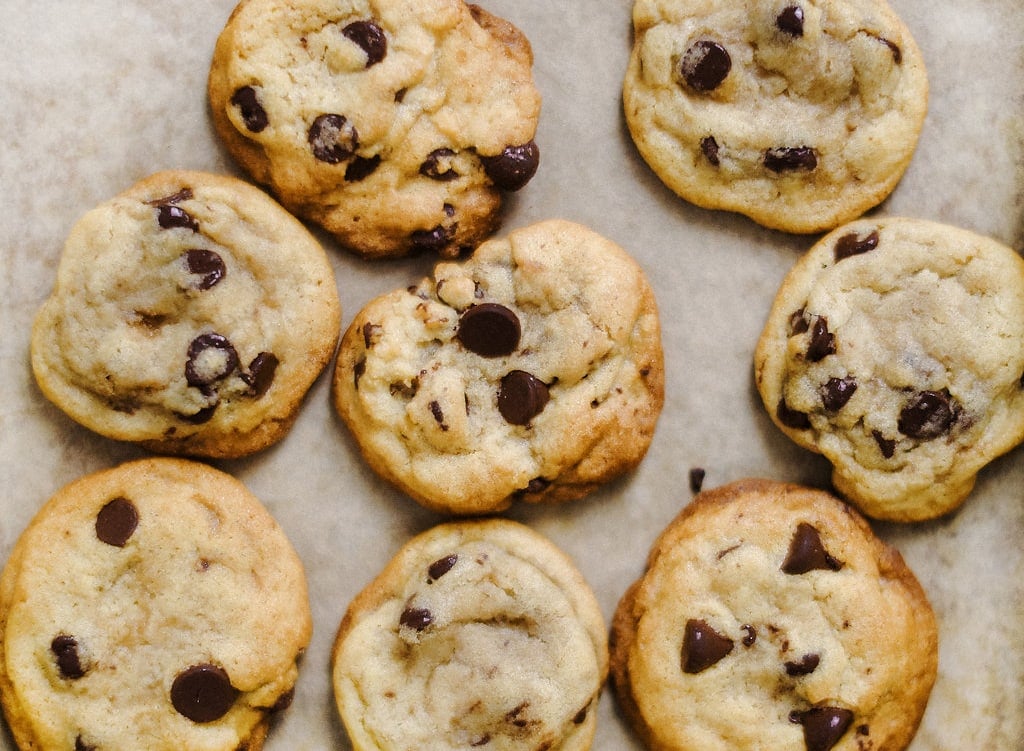
Although this recipe is fairly straight forward, you know I always like to empower you with insights into how and way the recipe works. Any questions you might have I’ve tried to answer below.
Coconut Oil Chocolate Chip Cookie Recipe Tips
Coconut Oil 101
I’ve got a few tips on the coconut oil, since I know these questions will probably be asked anyways! Firstly, the coconut oil should be measured while it’s in a state that’s solid but malleable enough to scoop. Coconut oil’s melting point is at 76°F, so if your kitchen is really hot this might be a challenge.
The best way to make sure you get the perfect amount of oil (too much and your cookies will be greasy, too little and they’ll be dry) is to measure by weight using a kitchen scale.
I find the coconut taste to be extremely subtle. I actually think the aroma is more perceptible than the taste. It doesn’t taste coconutty, just sweet and delicious. No one will miss the butter!
Do I really need to chill the dough?
Butter has a much higher melting point of about body temperature. So to avoid having your coconut oil chocolate chip cookies spread out into puddles while baking in the oven, I recommend chilling the dough. Actually, chilling for at least 24 hours is similar to marinading meats. It greatly improves the taste and texture! Try it!
Once the dough has chilled, allow it to sit at room temperature just long enough so that you can scoop it. The colder the dough, the thicker the cookies.
If you’re too impatient, you can always bake off a few immediately to satisfy your craving, then chill the rest. If you want cookies NOW and your oil was pretty warm, freeze the balls of dough while the oven preheats as a little shortcut.
Do I really need to use bread flour?
You don’t absolutely HAVE to use bread flour, but it adds a ton of chewy texture to these cookies that’s worth the extra trip to the store. If you can’t get bread flour, then use all AP flour.
Why is there cornstarch?
The cornstarch helps to create lovely and soft cookies. If you don’t have it or can’t use it, feel free to omit it.
Why use a cookie scoop?
Using a stainless steel spring-loaded cookie scoop when portioning out cookie dough is one of the KEYS to beautiful, uniform, evenly-shaped and evenly-baked cookies. My cookie scoop is one of my most frequently used kitchen gadgets. A spring-loaded scoop saves you *so much time* in forming the balls of dough. When using a scoop, you ensure each ball is evenly sized so the cookies bake evenly, meaning you don’t have any small overbaked cookies or large underbaked cookies. Learn more about Cookie Scoops and how to use them here!
Freezing the dough:
I like to freeze the balls of dough so I’m always less than 25 minutes away from fresh cookies coming out of the oven. You can learn more about how I freeze cookie dough here.
Can I make this gluten-free?
YES! I tested this recipe using the same amount of Bob’s Red Mill Gluten Free Baking Flour in place of AP + bread flour combined. I’d recommend weighing out the same total amount of GF flour as originally called for in the recipe (350 grams) so you don’t accidentally add too much.
The gluten-free cookies were delicious. They were less chewy and a little drier than the original recipe, but I know no one would notice unless they compared the two side-by-side.
I was originally going to use Cup4Cup gluten free flour, but noticed it contains dairy. I figured if you’re looking to make this particular recipe gluten-free, you likely also need it to be dairy free.
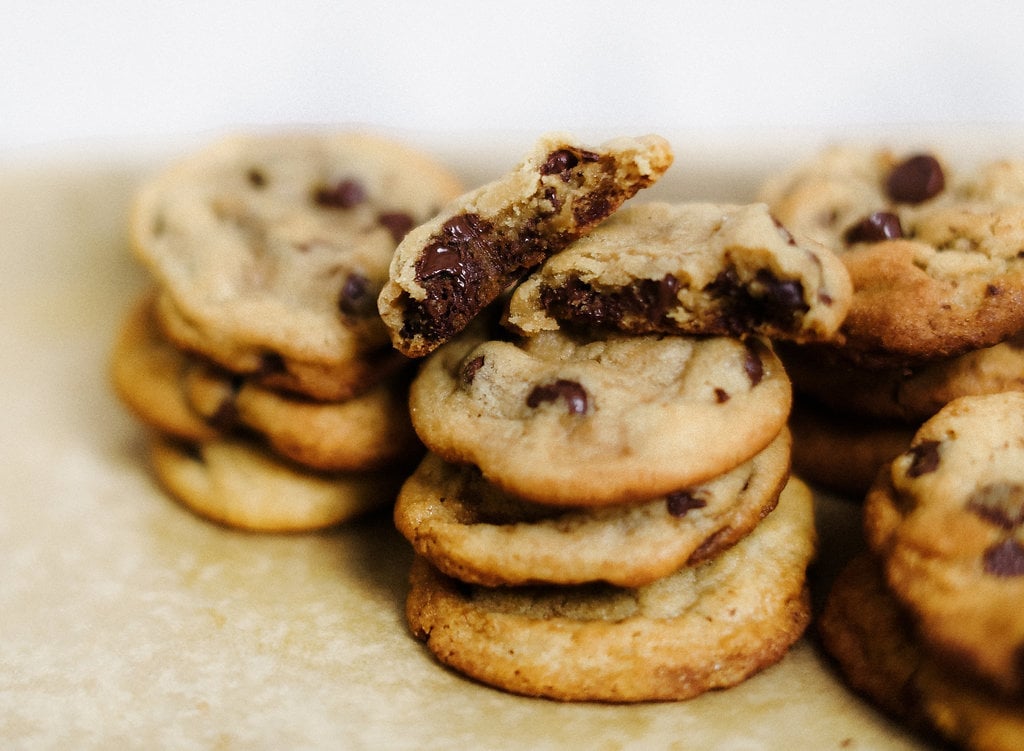
More Chocolate Chip Cookie Recipes:
Photos by Constance Higley.

Become a Baking Genius!
Sign up for our free email newsletter for NEW recipes & baking science secrets.
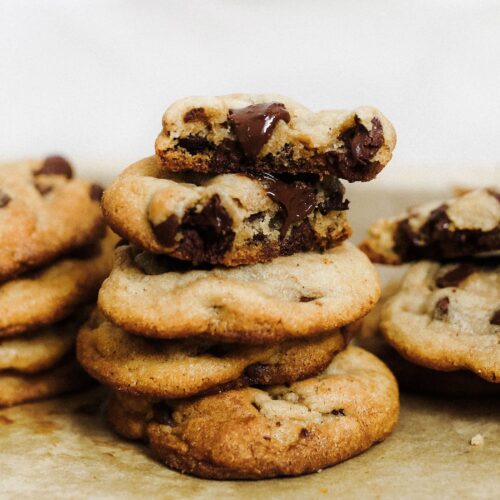
Coconut Oil Chocolate Chip Cookies
Ingredients
- 1 1/2 cups (191 grams) all-purpose flour
- 1 1/4 cups (159 grams) bread flour
- 2 teaspoons cornstarch
- 1 teaspoon baking soda
- 1 teaspoon baking powder
- 1 teaspoon fine sea salt
- 1 cup (210 grams) virgin coconut oil, at room temperature (solid)
- 1/2 cup (100 grams) granulated sugar
- 1 1/4 cups (247 grams) lightly packed brown sugar
- 2 large eggs plus 1 egg yolk, at room temperature
- 2 teaspoons vanilla
- 2 cups (340 grams) semi sweet chocolate chips (use dairy free if needed)
Instructions
- If baking right away, preheat oven to 350ºF. Line baking sheets with parchment paper.
- In a medium bowl, combine the flours, cornstarch, baking soda, baking powder, and salt.
- In the bowl of an electric mixer on medium-high speed, beat the coconut oil, granulated sugar, and brown sugar until very well combined, about 2 minutes. Add the eggs and yolk, one at a time, beating well after each addition. Beat in the vanilla. On low speed, gradually beat in the flour mixture. Stir in the chocolate chips.
- For best taste and texture, wrap dough in plastic wrap and refrigerate for at least 24 hours but no more than 72 hours. Let dough sit at room temperature just until it is soft enough to scoop.
- Using a large (3-tablespoon size) spring-loaded scoop, drop balls of dough onto prepared baking sheets.
- Bake for 12-15 minutes, or until golden brown. Cool for 2 minutes before removing to wire racks to cool completely. Cookies can be stored in an airtight container at room temperature for up to 3 days.


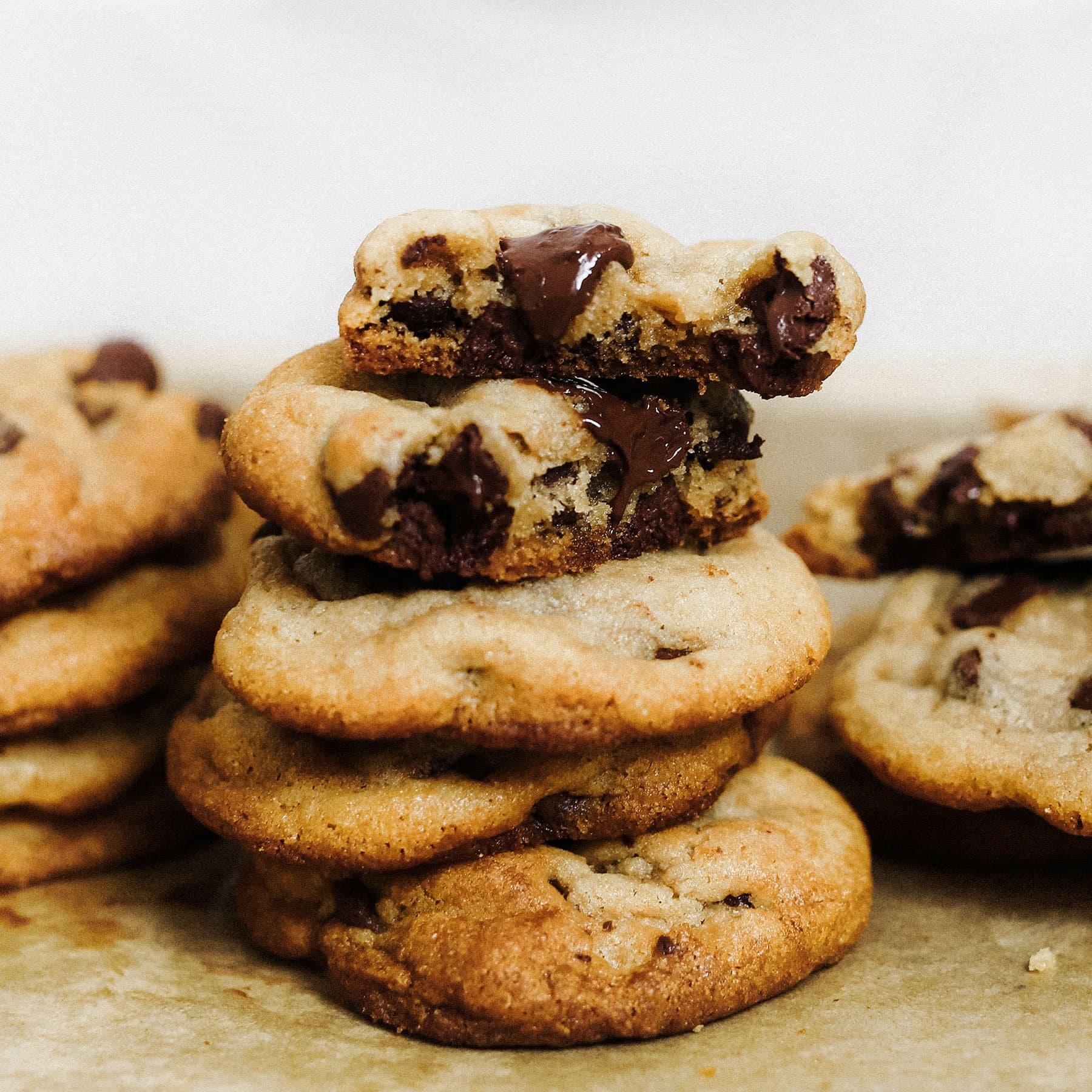
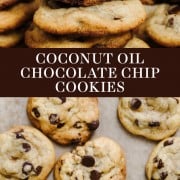
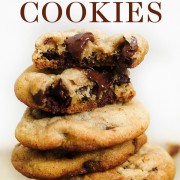

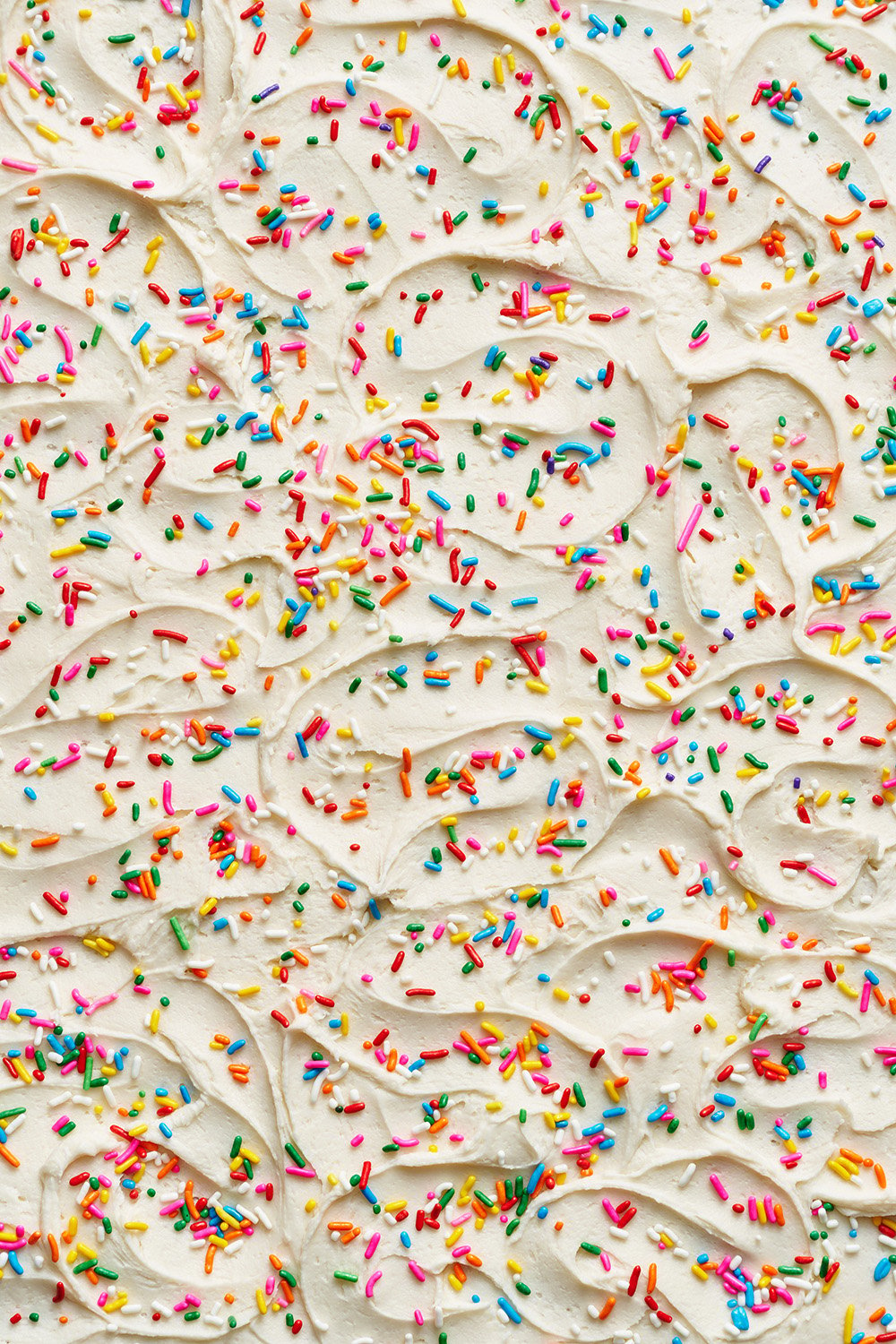
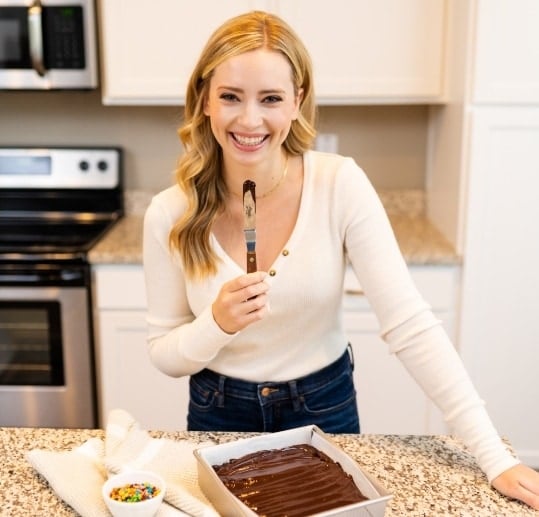

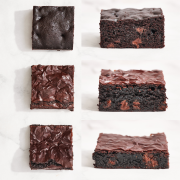
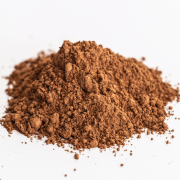
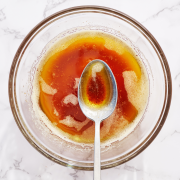

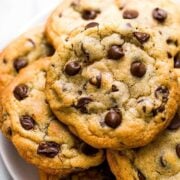
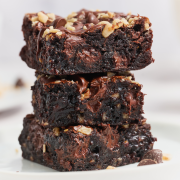
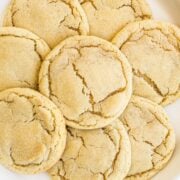









so hey girl,,, the only prob I got is the goo. when I put them in my easy bake they came out goo??? I tried to look in the handbook it came with but it says refer to recipe but this is all you gave. I was just looking for some tips and tricks from the expert maybe you can tell me what I’m doing wrong XD
Xoxo~
~P. Trate
Hi Penni! Sorry to hear that your cookies didn’t turn out as they should! Tessa included some tips in the Tip Box (above the recipe) on this page, so please check those out. Here are some of the important ones for your textural issues:
– Did you chill the dough before baking? We recommend you chill pretty this cookie dough for 24 – 72 hours to maximize the flavor! Think of it like marinating meats, but for cookies! All that depth of flavor happens while the dough rests – but the textural benefits are huge, too.
– Were any ingredients substituted, reduced, removed, or accidentally forgotten? Reducing sugar, using a different type of flour, skipping leavening agents, and more can have a significant impact on the outcome of your cookies. Even seemingly small changes can mess with a recipe’s chemistry, resulting in cookie issues.
– Was bread flour used? Tessa does note that AP flour can be used, but the portion of bread flour noted will help your cookies stay thick and chewy.
– How do you measure your ingredients? By volume (using cups), or by weight (using a digital kitchen scale)? When measuring by volume, it’s so easy to mis-measure ingredients (particularly flour) and throw off the chemistry of a recipe – resulting in sad puddle cookies, cookies that don’t spread, and more. Check out Tessa’s article here, where she talks about how to best measure ingredients to ensure accuracy every time.
– How old is your baking soda + baking powder? If your leavening agents are not fresh, they won’t be able to do their jobs. Baking powder/soda can lose their effectiveness long before the expiration date on the packaging. Tessa talks about the science behind leavening agents, and how to test for leavener freshness, in this article here!
– What type of pan are you baking on? Different pans conduct heat differently and conduct heat less efficiently. Tessa shows the differences between a variety of baking pans in this article here! Also, always be sure to bake on pans that are totally cool; baking on warm pans will cause your oil to melt faster and your cookies to spread more. Never grease your pans, either; a piece of parchment paper is best – and it also requires less cleanup, so it’s a win-win!
I hope something here helps, and I hope you give these cookies another try! They really are amazing 🙂 Happy baking!
Delicious and so thick!
This is by far the best coconut oil chocolate chip cookie recipe and maybe just the best chocolate chip cookie recipe. The cookies look exactly like the picture and you’d never k ow there was coconut oil. This is my new go to chocolate chip cookie recipe the taste and texture is perfect!
Wonderful! So happy to hear that, Amberly!
Can I freeze this dough and bake 1/2 layer? This is a delightful recipe that I’ve used many times. Thank you for making a yummy cookie that’s also dairy free!
You are welcome to freeze this dough! I talk about it in the pink box above the recipe 🙂
Wow, such a delicious cookies you have shared.
Sooo yummy! I’ve made these a handful of times and they don’t disappoint. Little crisp on the edges and soft and chewy on the inside.
I made these to give to a dairy-free friend and was very happy with the way they came out. I expected them to spread excessively due to the oil, but they did not. I did chill the dough for three full days so that probably helped in that regard. I made two dozen large (about 48g) cookies and baked them for 15 minutes. I recommend portioning the dough immediately after mixing and before chilling. It gets very hard and crumbly when cold because of the coconut oil.
I got the amazing coconut oil chocolate chip cookies. I always cook these at my home when there is my child forcing me. I hear by notice about this..
Has anyone tried these with an egg replacer such as flax eggs or powdered egg replacer? Do you think itd work?
Just made your coconut oil chocolate chip cookies, they are very very delicious! I want to eat them.I hope I will manage as I am not a great cook! Thanks for sharing them for us.
Just made your coconut oil chocolate chip cookies, they are very very delicious! I want to eat them. thanks for sharing them for us.
Hi Tessa,
I am trying to find a recipe that is almost EXACT in taste to the regular chocolate chip cookie recipe that’s on the back of the chip bag. But I’d like to use coconut flour & some coconut oil (maybe one stick of butter & the rest coconut oil) Not sure how to do this…Can you help me with this? Thank you!